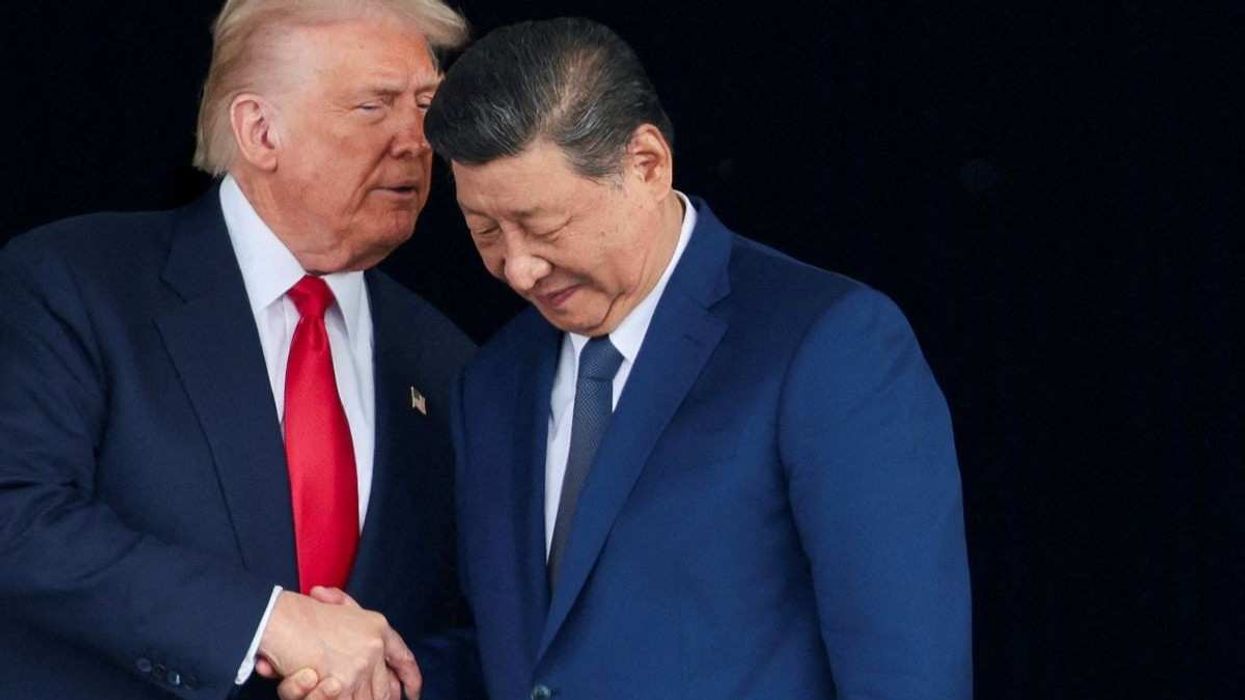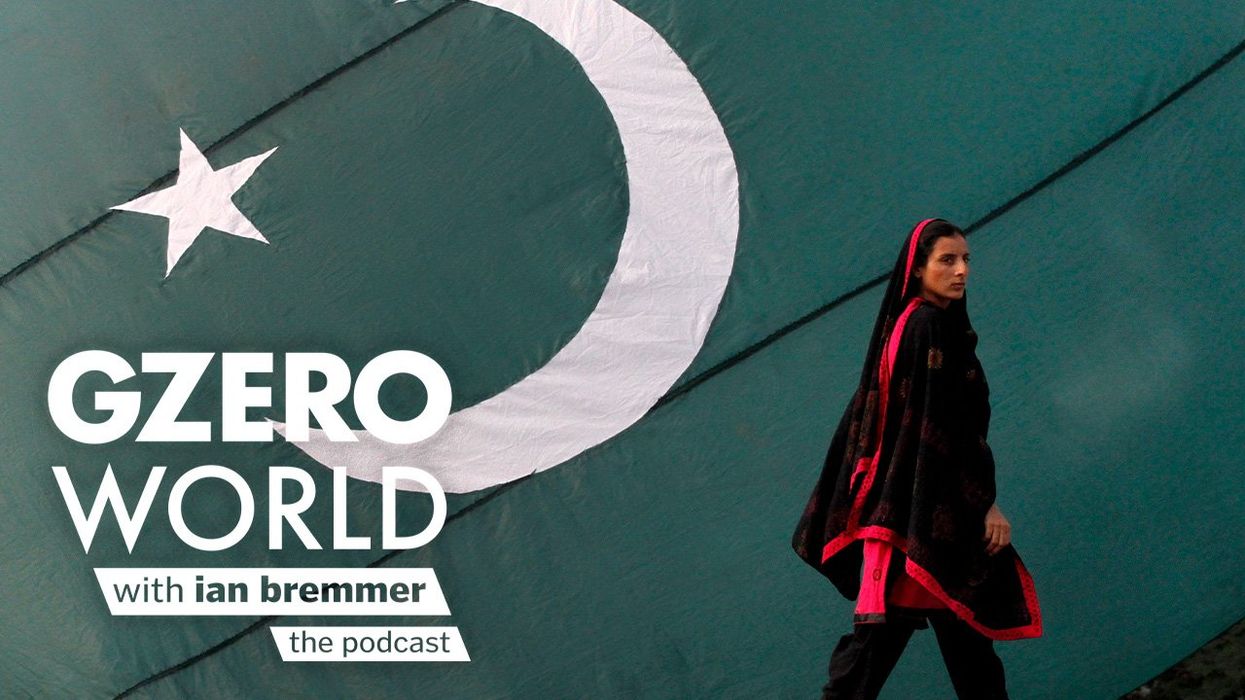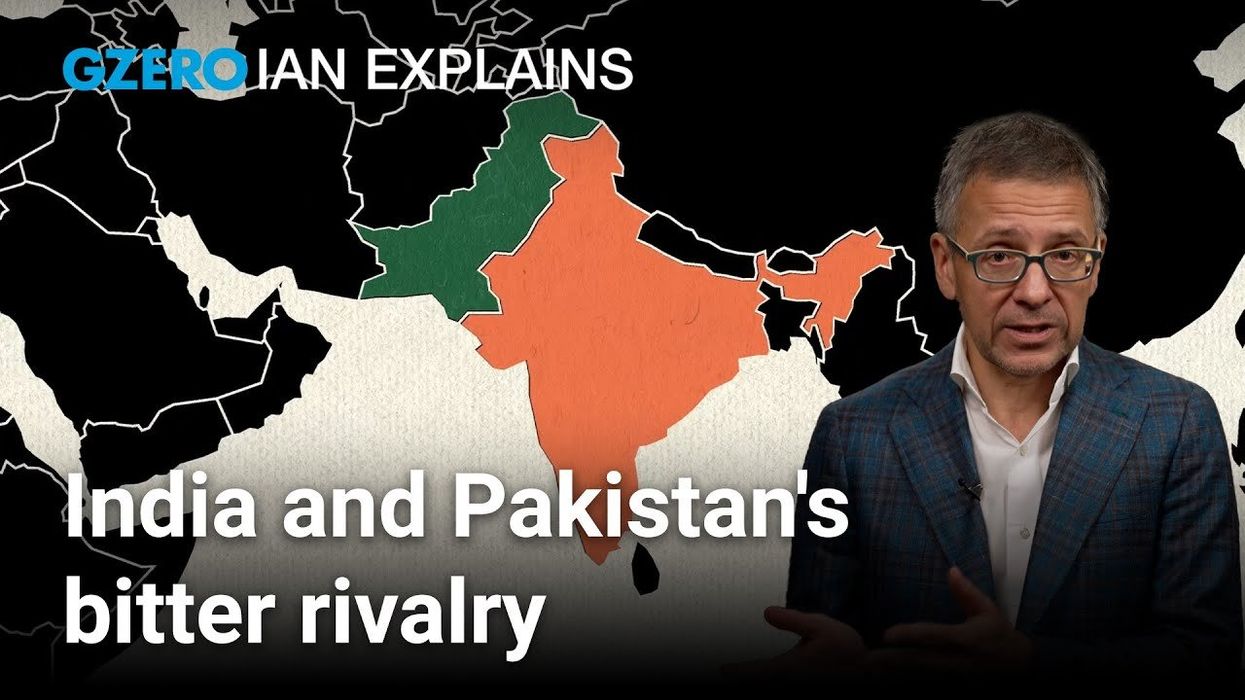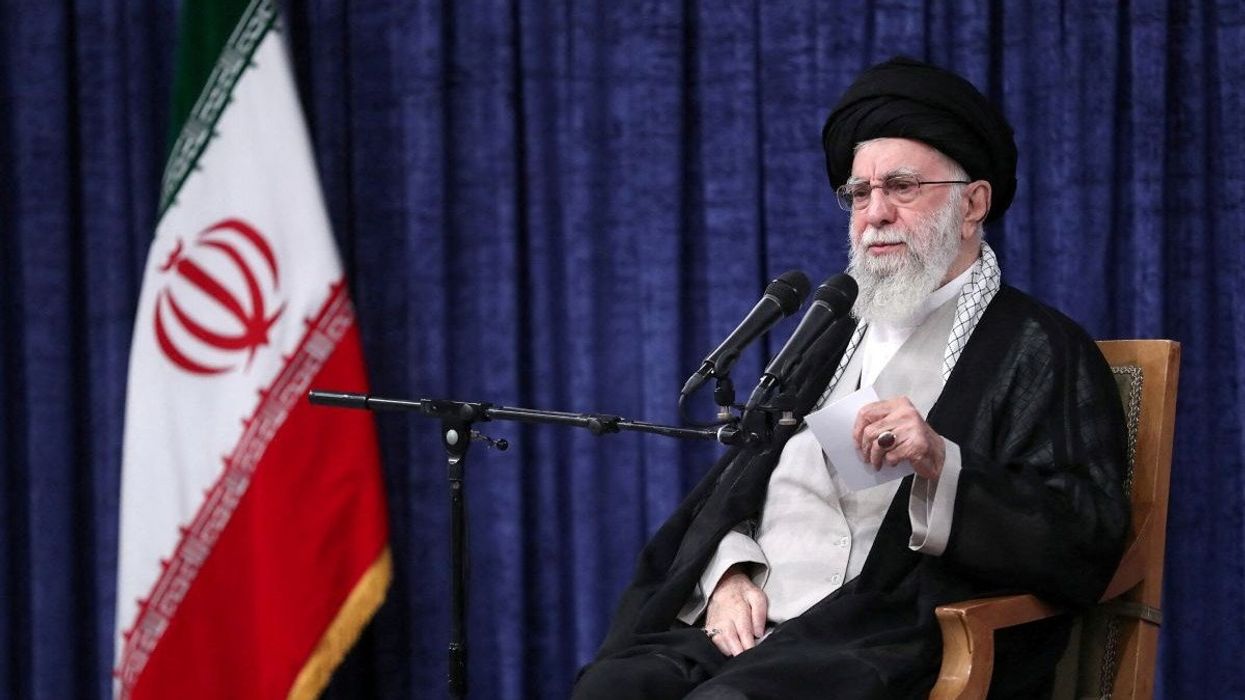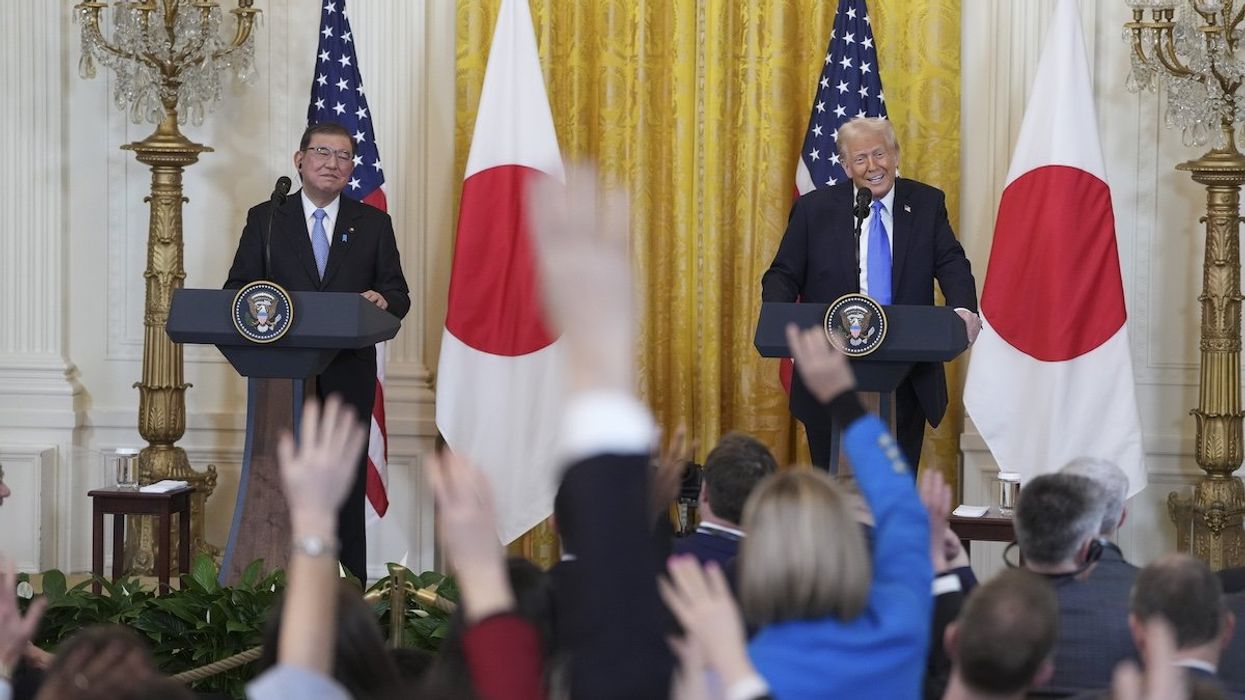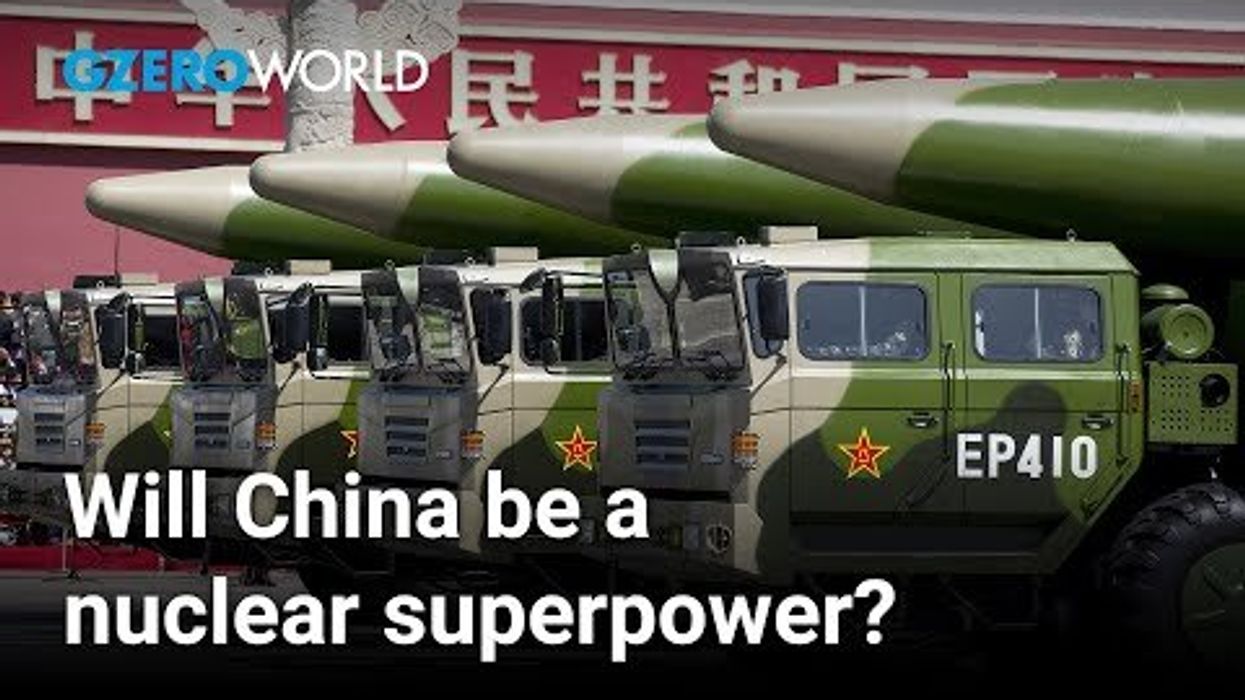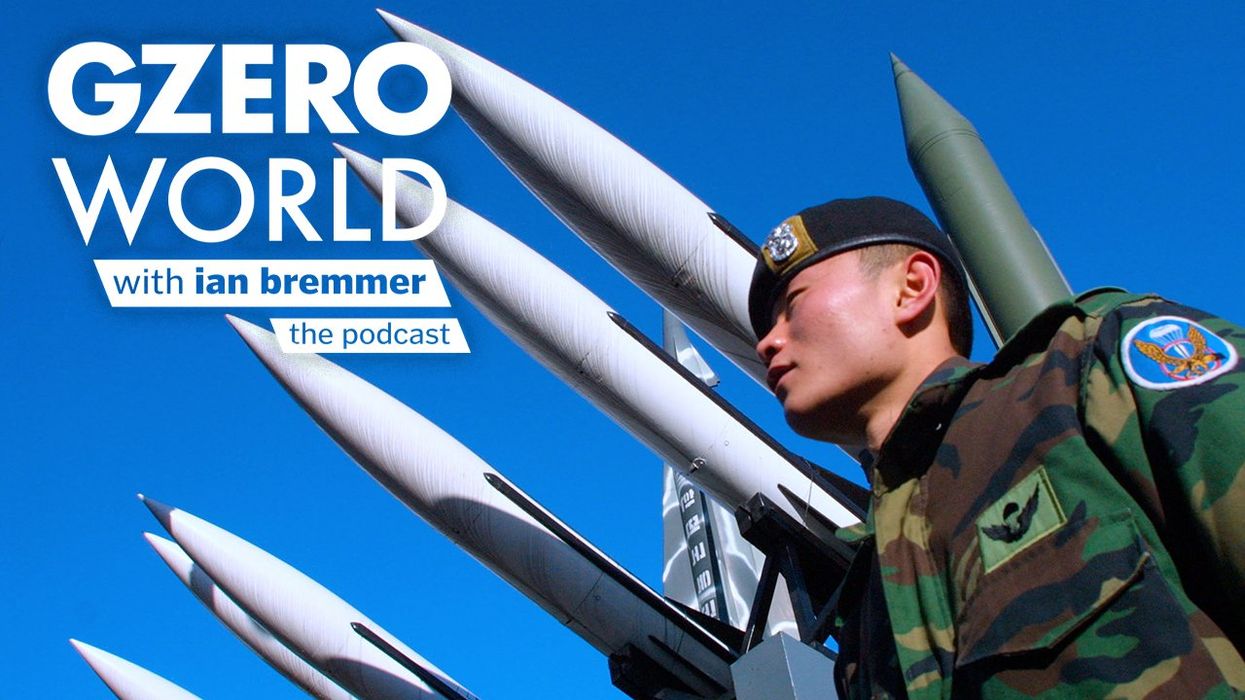Analysis
Bombs away: Are we entering a new nuclear arms race?
Last Thursday, US President Donald Trump announced that Washington will restart nuclear weapons testing, raising fears that it could end a 33-year moratorium on nuclear-warhead testing.
Nov 03, 2025

